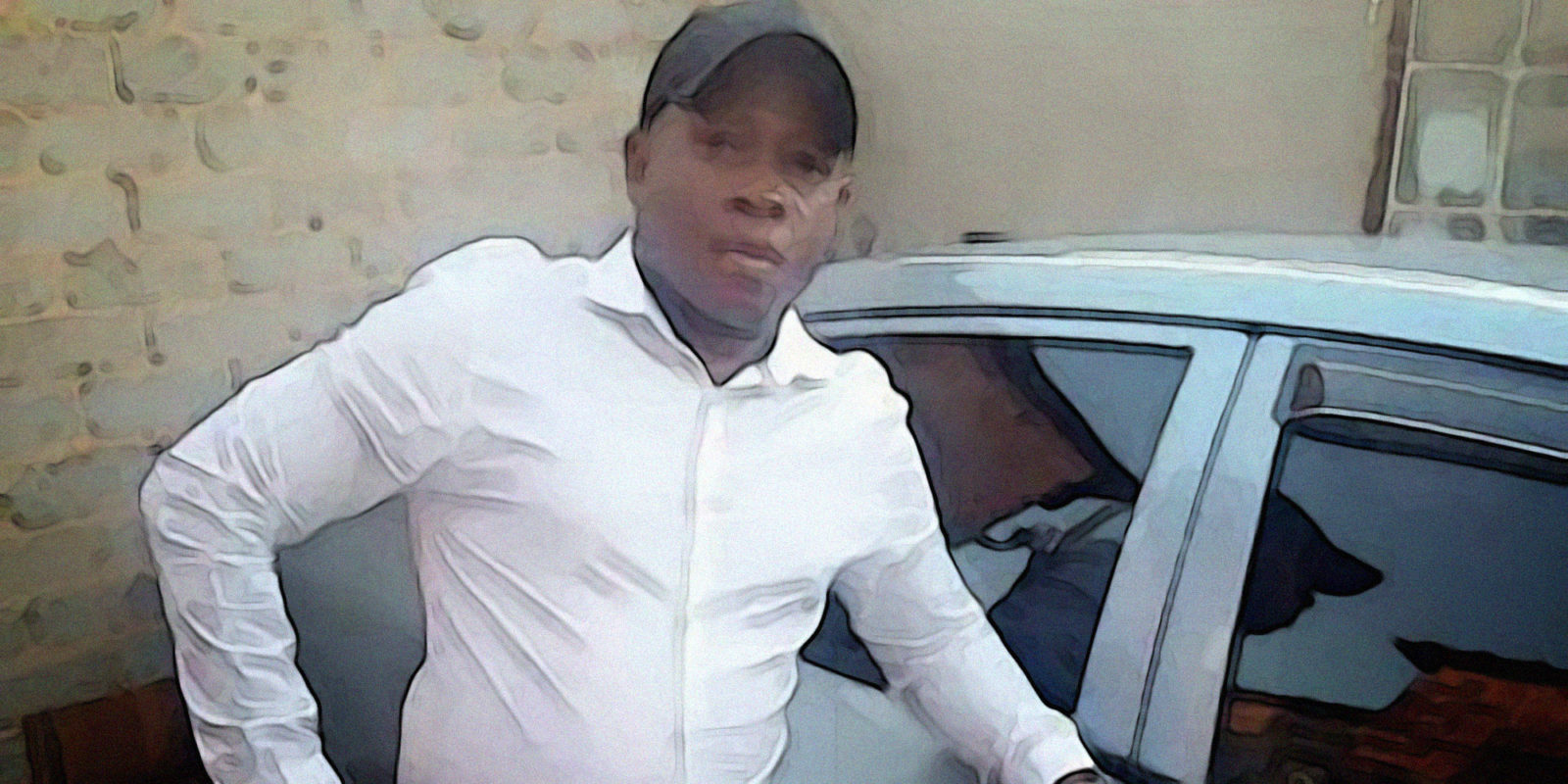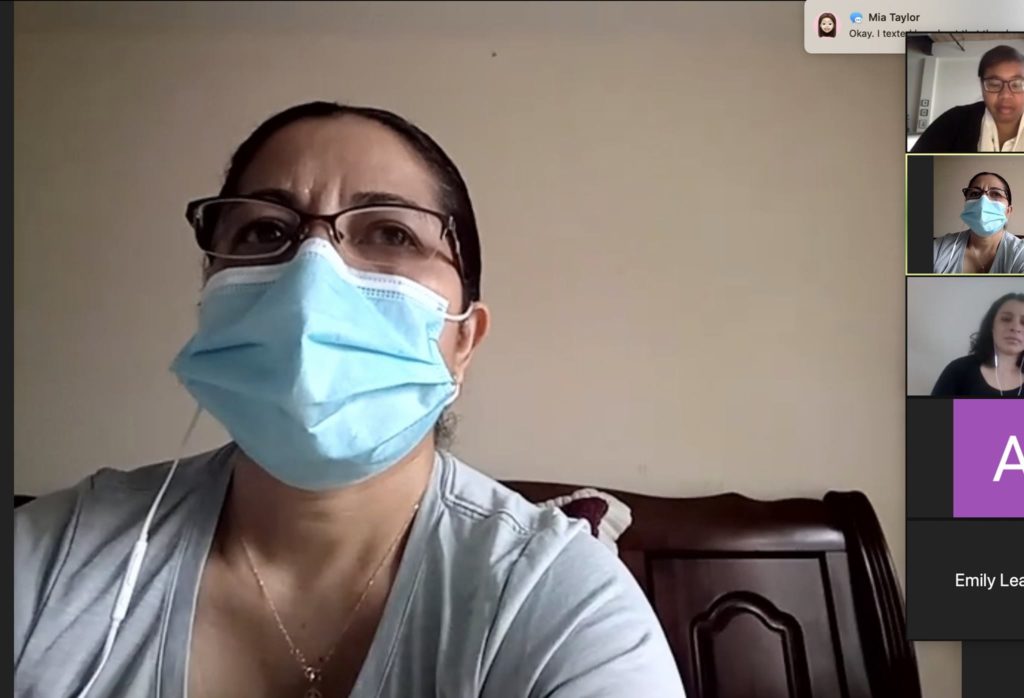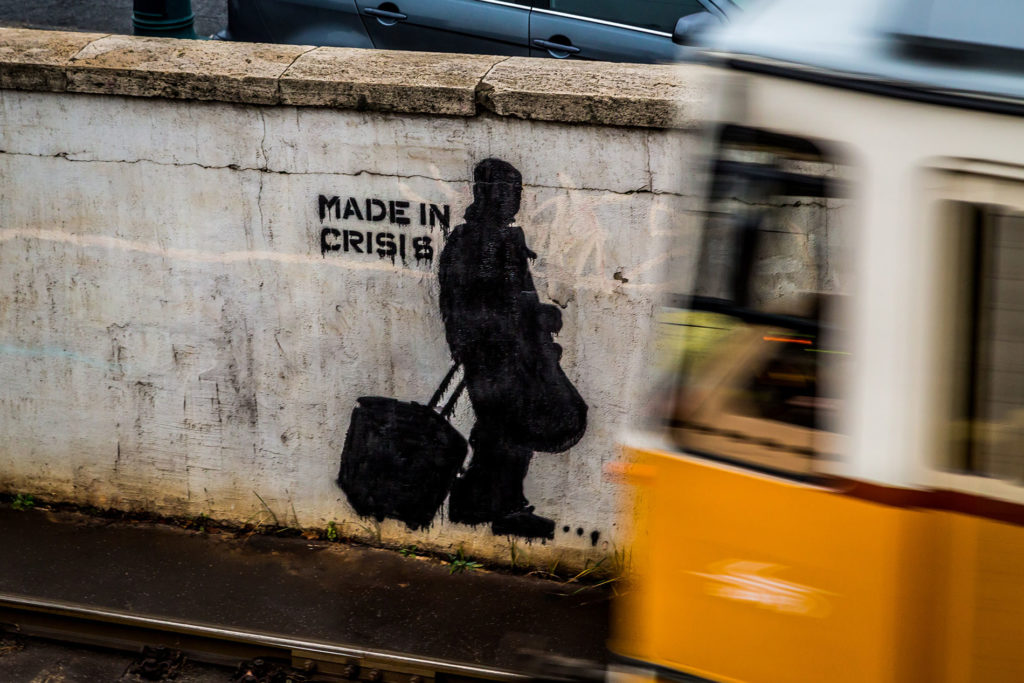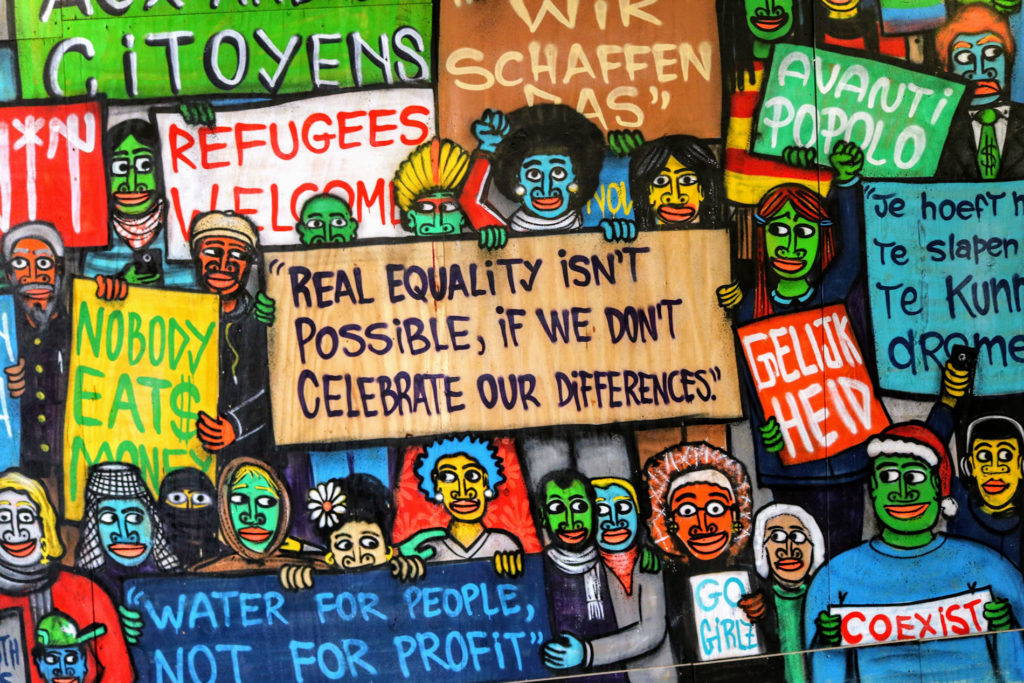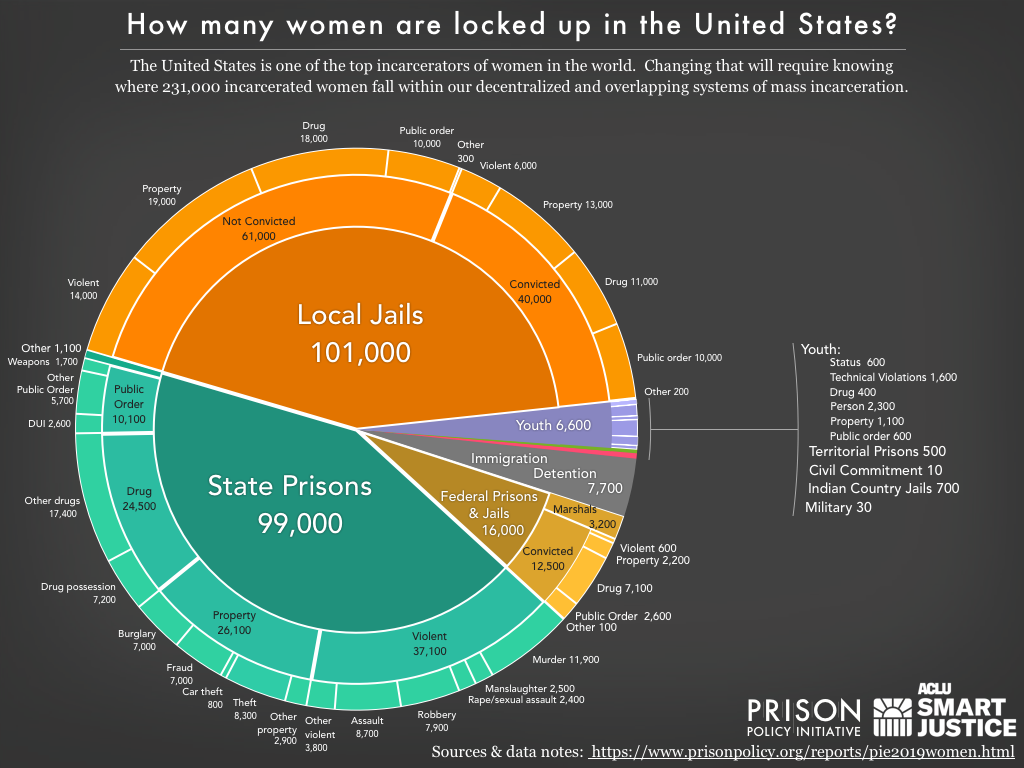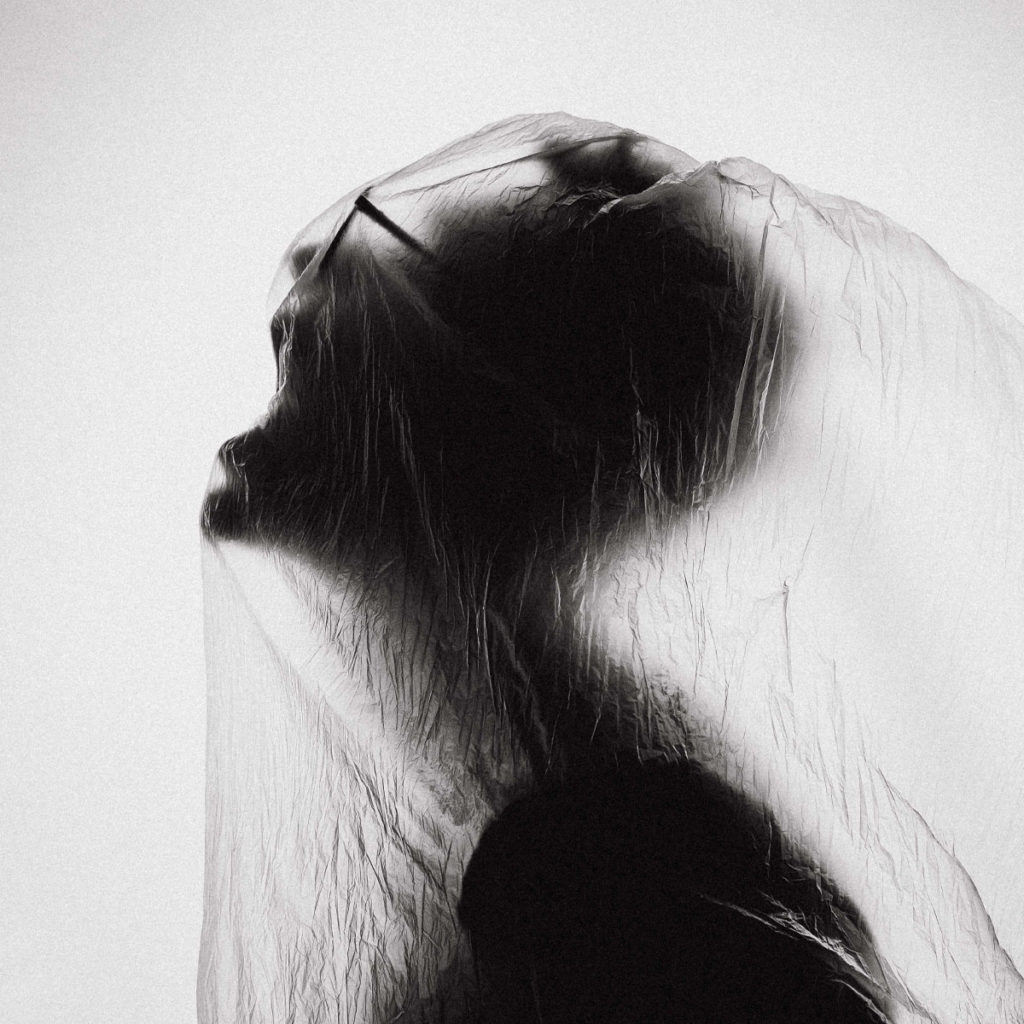
We believe that a COVID-19 vaccine will not be distributed fairly in our world. Why? We know about the systemic inequality of the world organized according to race, gender, and class that determines who are the have and the have-nots, the ones who may live and the ones who must die.
The race to get the vaccine has started. A recently released OXFAM report confirms that health inequality is well established in a market-driven environment, concluding that wealthy nations, representing 13% of the world population, have already struck a deal with the five big pharmaceutical companies to receive 51% of the promised doses of the vaccine. The distribution of health care vs. excessive wealth is still following the same pattern as before the pandemic struck, despite all the promises of change. Of course, this is no surprise. The profit market system has generated inequalities in every aspect of modern society while justifying it with illusionary access to modern technology and comfort.
The coronavirus pandemic’s story has generated an interlocking system throwing into deeper poverty many women, children, and men. It has revealed the dirty secret that the neoliberal system only serves the wealthy to make them wealthier. Déjà vu! Yes, but what is striking is the nature of the discourses about solidarity in this world pandemic, making populations believe that the market had gotten the message of its inability to serve us. Although the discussion of the Coronavirus 19 has been technical, it has rarely linked this new type of virus behavior to deforestation and the industrial production of meat.
Similarly, the absurdity of the global neoliberal monopoly approach to global health is kept invisible and not discussed as the pandemic’s leading cause and its consequences. In the 1980s, we saw the devastating effects of the Structural Adjustment Programs on global health. Restricting access to healthy living was part of that program. By the same token, we have seen the impact of this approach on AIDS, the Executive Director of the UNAIDS reminded the public that “the corporations use monopolies to artificially restrict supplies of life-saving medicine and inflate their prices.”
Big pharma industry’s ethics-devoid lobbying is supported by a number of world leaders and quietly pulls the political process’s strings, warping the solidarity attempt to have a patent-free accessible worldwide vaccine. The Oxfam report underlines the absurdity of not sharing and cooperating: “The estimated cost of providing a vaccine for everyone on Earth is less than 1 percent of the projected cost of COVID-19 to the global economy.”
Meanwhile, COVAX is an entity whose goal is to accelerate the development and manufacture of COVID-19 vaccines and “guaranteeing” fair and equitable access for every country in the world. COVAX is co-led by Gavi, the Coalition for Epidemic Preparedness Innovations (CEPI), and WHO. It aims to accelerate the development and manufacture of COVID-19 vaccines and guarantee fair and equitable access for every country in the world. GAVI, the Vaccine Alliance, pledges to ensure that no one is left behind in having access to health care, including the vaccine. It regroups The World Health Organization, UNICEF, the World Bank, and the Bill & Melinda Gates Foundation. It is presented as playing a critical role in strengthening primary health care (PHC). These entities have minimal means and might also be influenced by massive lobbying.
All these mechanisms and the pledges of some countries to support COVAX might be vain in this neoliberal environment as freedom for the few is synonymous with freedom to purchase. The absurdity of not considering the global interest of solidarity in facing a pandemic mirrors the folly of continuing politics of gender discrimination, impoverishing environmental equilibrium (encouraging fossil fuel use, deforestation, the industrialization of food production, etc.). In all cases, women and girls lose out, and they will be the ones on whom the burden of protecting life will fall.
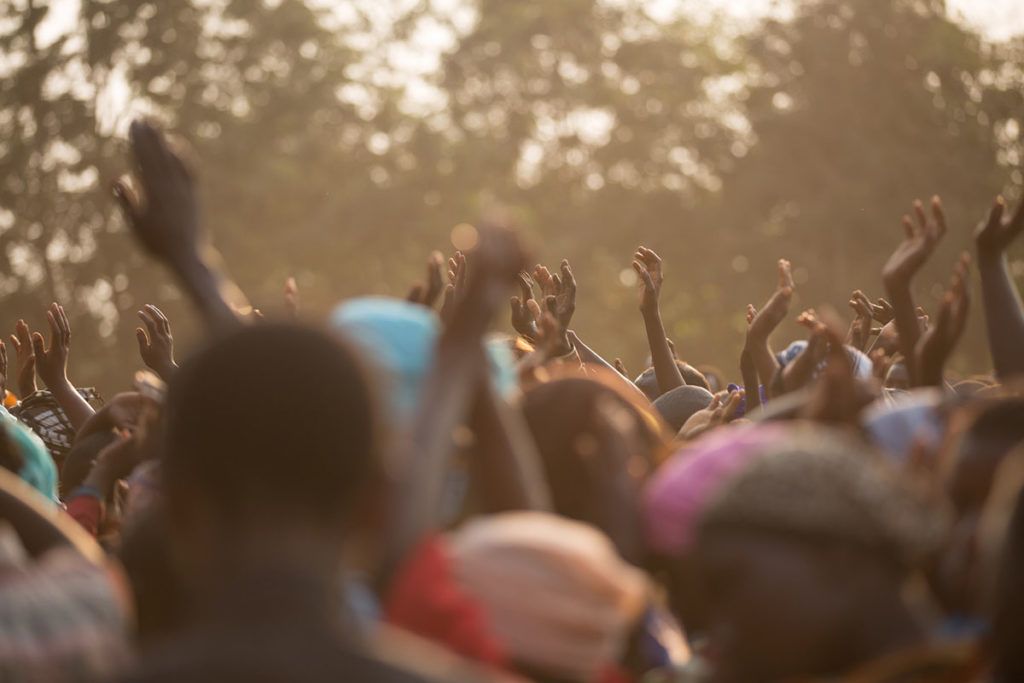
(Image Credit: Cristian Newman) (Photo Credit: Avel Chuklanov)
